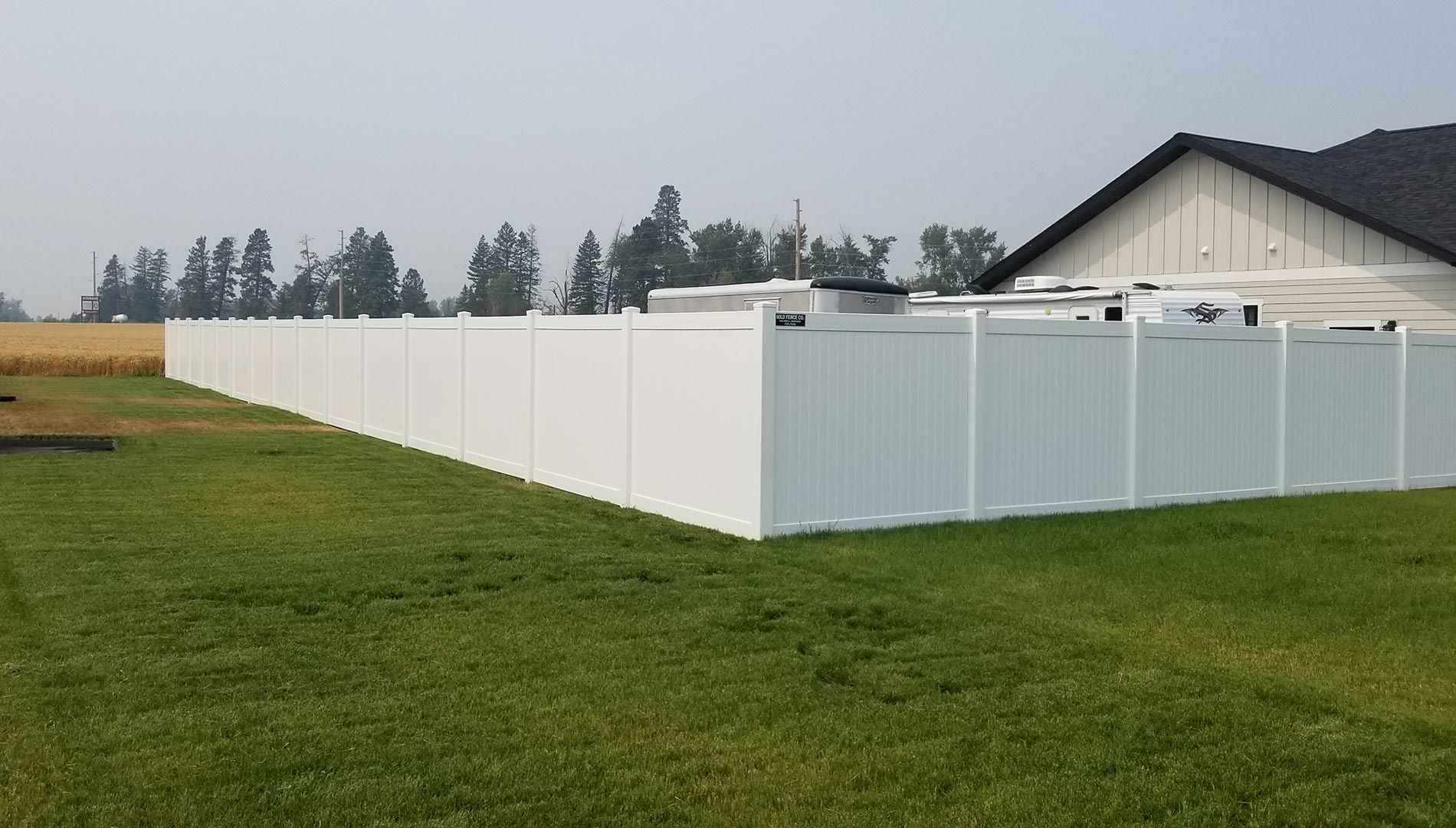How to Spot Fence Damage
Over time, your fence will experience wear and tear. Keep an eye out for leaning posts, cracks in materials like wood or vinyl, rust on metal, or sagging chain-link fences. Other signs of damage may include missing fasteners and discoloration from mold, mildew, or sun exposure.
Simple DIY Fence Fixes
Many minor fence issues can be addressed with simple DIY solutions. For loose nails or screws, use a hammer or screwdriver to secure them. Small cracks in wooden fences can be filled with wood putty and sealed with waterproof paint or stain. Rust spots on metal fences can be scrubbed off with a wire brush and treated with a rust-inhibiting primer and paint. Tighten any sagging gates by adjusting or replacing the hinges.
When You Need a Fence Repair Professional
While some repairs are easy to handle yourself, larger issues may require professional help. If your fence is leaning significantly, has extensive rot or rust, or if structural posts are damaged, it’s time to call in an expert. Professionals have the tools and expertise to fix these problems efficiently and ensure the fence’s integrity is restored.
How to Prevent Fence Damage
Preventing fence damage is easier than repairing it. Regularly inspect your fence for signs of wear. Protect it with stains, paints, or rust inhibitors based on its material. Trim plants around the fence to prevent moisture and pests. Also, check that the posts are anchored securely to prevent leaning or sagging.
